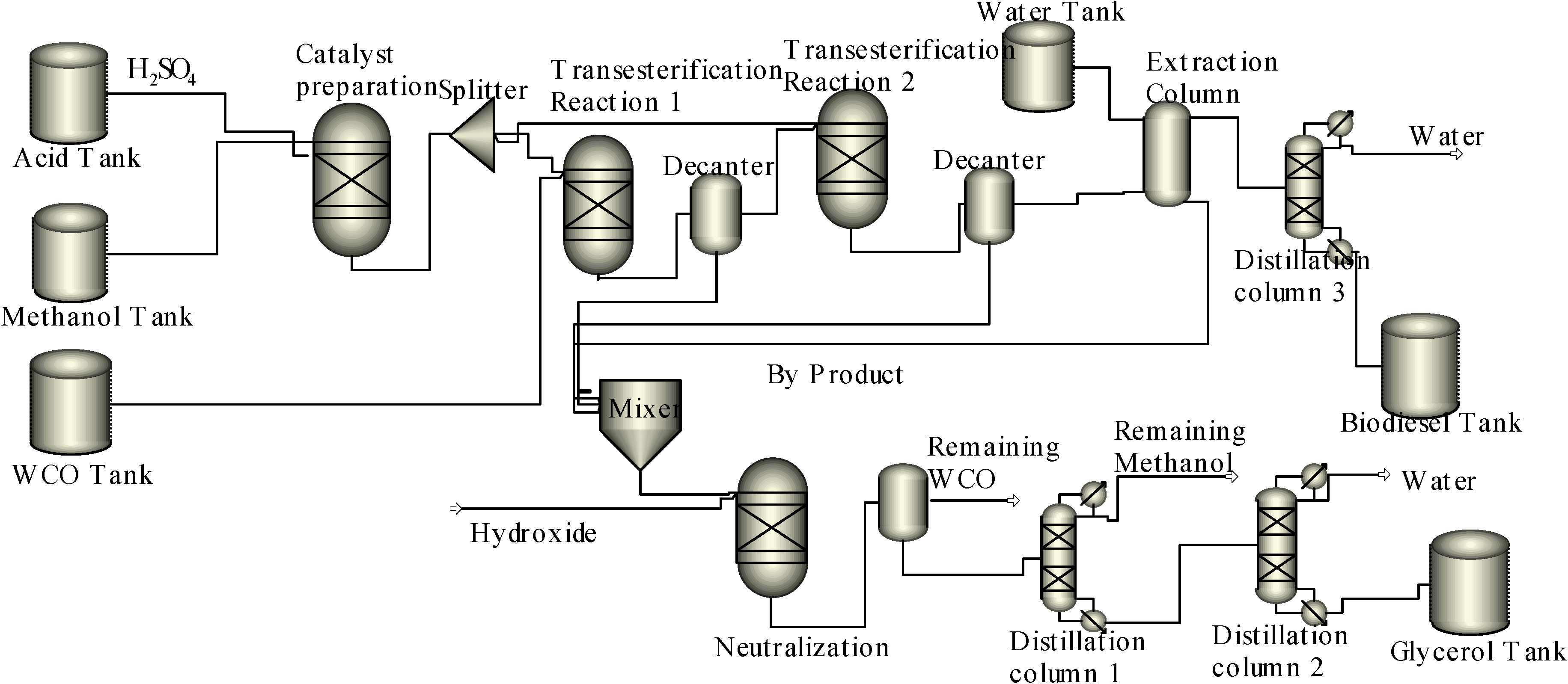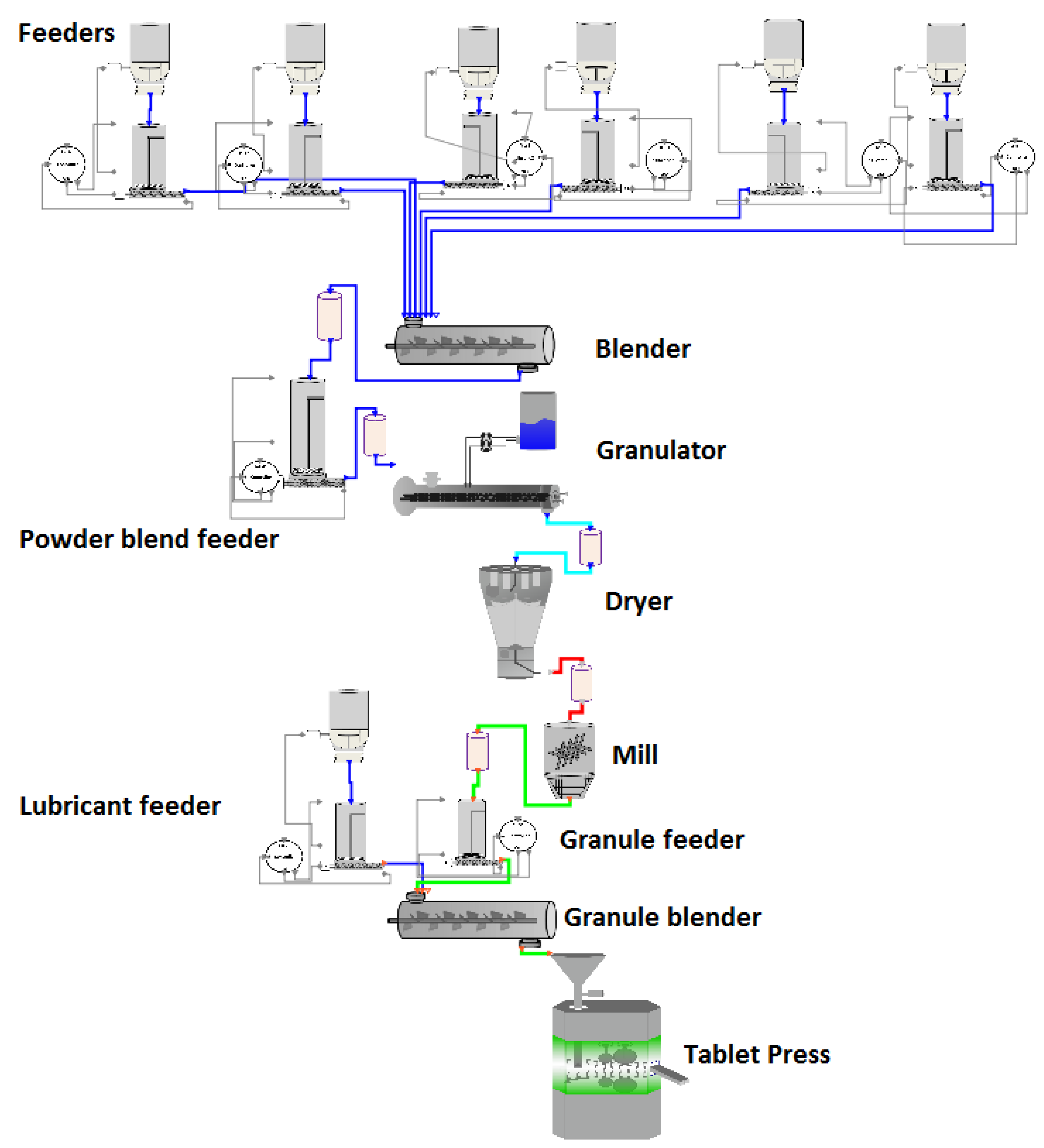


Produce too much and the market will be flooded, leading to a drop in prices and profit. This means that the manufacturer is ready to fulfil customer orders as they arrive, but can leave the manufacturer with a stock of unwanted parts if there is no demand.Īs shown above, all of these types of manufacturing have their own risks related to supply and demand. This method is similar to make to stock, except the factory will produce component parts in anticipation of orders for assembly. However, customers will need to wait for their products to be produced and the manufacturer will need a steady stream of orders to keep the factory in production and profitable. This makes it much easier to manage inventories and react to market demand. The make to order method allows the manufacturer to wait until orders are received before production begins. However, producing too much can mean that surplus stock needs to be sold at a loss while producing too little may mean the market is missed and costs aren’t covered by sales. This means that a market for the goods needs to be predicted so that the items can be produced in advance ready for the consumer.

In this system a factory produces goods that are held in stock at stores and showrooms. These three manufacturing types work as follows: 1. Make-To-Stock (MTS) There are three types of manufacturing production process make to stock (MTS), make to order (MTO) and make to assemble (MTA). However, in order to succeed, the manufacturer needs to be able to cover the cost of making the product, meet demand and create a product that is desirable to the market. What are the Types of Manufacturing?Īt it’s core, manufacturing is a simple process the raw materials or component parts are bought and then turned into a finished product. Rather than a single artisan producing an entire product as had occurred for centuries in the past, manufacturing was broken down into separate parts to create the basis for modern manufacture as we know it today. Mechanisation and later automation drew on this concept to create highly repeatable manufacturing. This meant that different people would each take just one part of a manufacturing process, for example cutting the wire for a pin, to create a more efficient and cost-effective process. The assembly line method of manufacture was described by Adam Smith in The Wealth of Nations, which introduced the concept of the division of labour. This system took advantage of technological advances and used machinery powered by water, steam and, later, electricity allowing for large-scale production. However, this early manufacturing system changed with the introduction of the factory system in Britain at the beginning of the industrial revolution in the late 18th century. These manufacturing households were sometimes organised into joined-up enterprises through the putting-out system. Alternatively, manufacturing could take place on a less organised scale, often in rural areas, where craftspeople would supplement agricultural subsistence through home-based manufacturing. Manufacturers may have joined guilds who would protect the trade secrets and privileges of these artisans. Manufacturing has existed for centuries and was originally carried out by skilled artisans, sometimes working with assistants, with the skills being passed down through apprenticeships. ContentsĬlick the links below to skip to the section in the guide: Manufacturing has close connections to the engineering and industrial process design sectors. Modern advanced manufacturing often includes several intermediate processes to create the various components for a finished item, with some manufacturers using the term fabrication. The materials are modified during various manufacturing processes to create the finished product. This process begins with product design and materials selection. Raw materials are transformed into finished products through manufacturing engineering or the manufacturing process. Manufacturing can either mean transforming raw materials into finished goods on a large scale, or the creation of more complex items by selling basic goods to manufacturers for the production of items such as automobiles, aircraft, or household appliances. Manufacturing is the production of goods through the use of labour, machinery, tools and biological or chemical processing or formulation.

National Structural Integrity Research Centre.Structural Integrity Research Foundation.


 0 kommentar(er)
0 kommentar(er)
